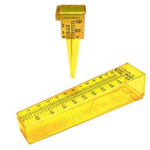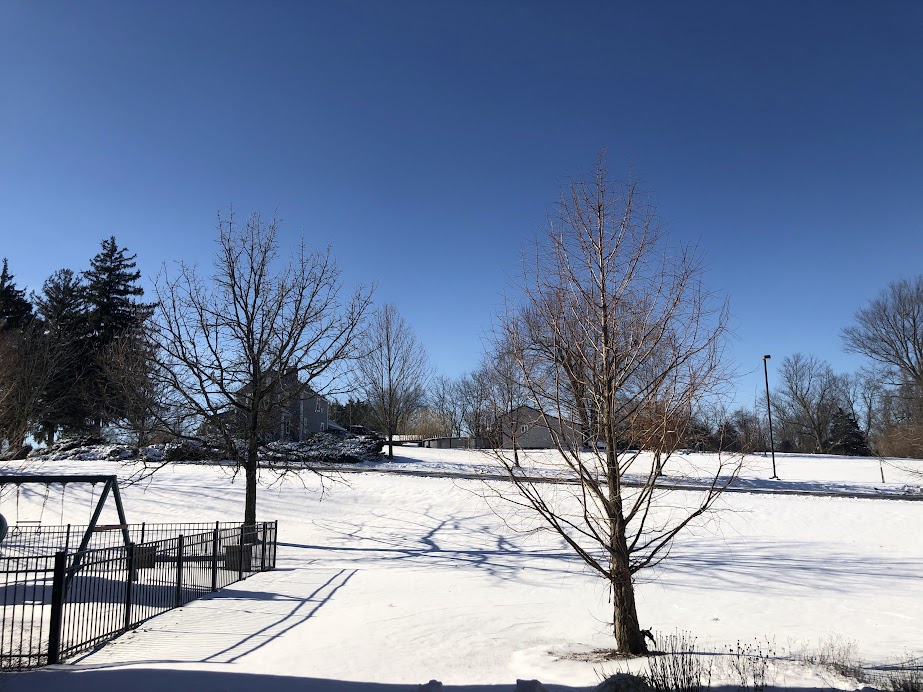
Christmas Day 2022. White Christmas!
Regional Climate Report – December 2022>>>
December 23, 2022 — Snow, Winds, and Extreme Cold>>>
December 23-26, 2022 – Cross-Country Major Winter Storm and Arctic Blast>>>
.
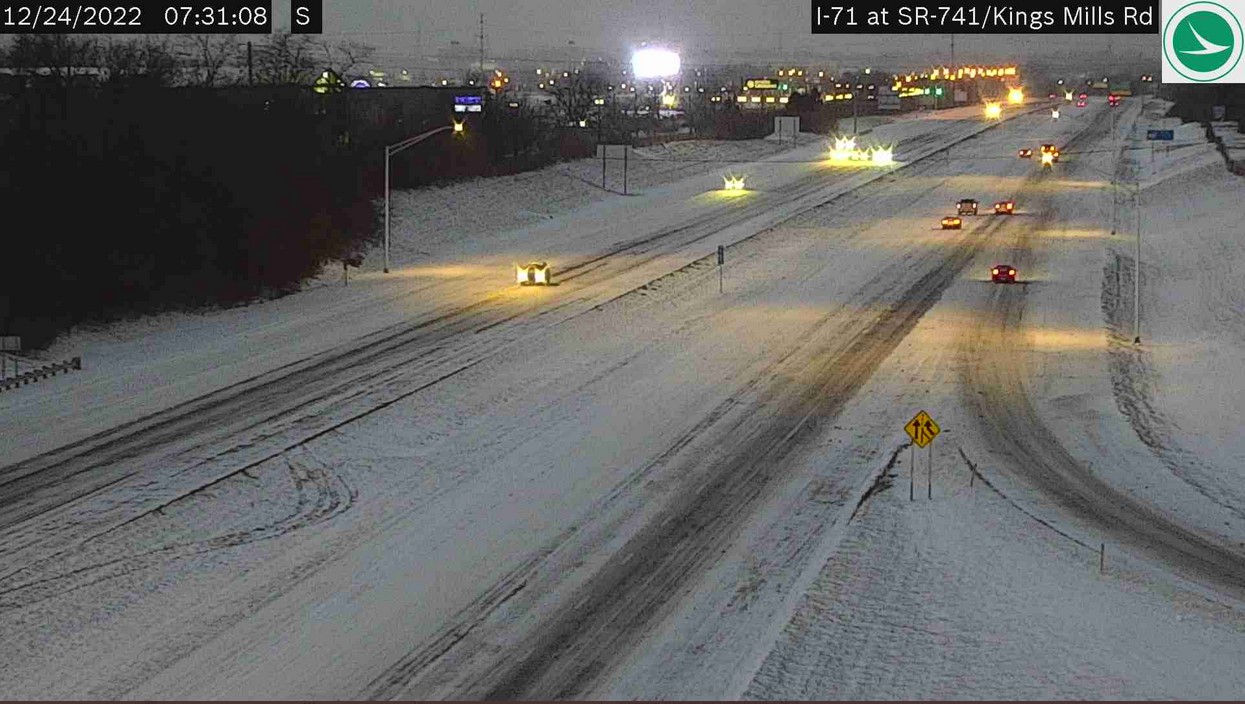
.
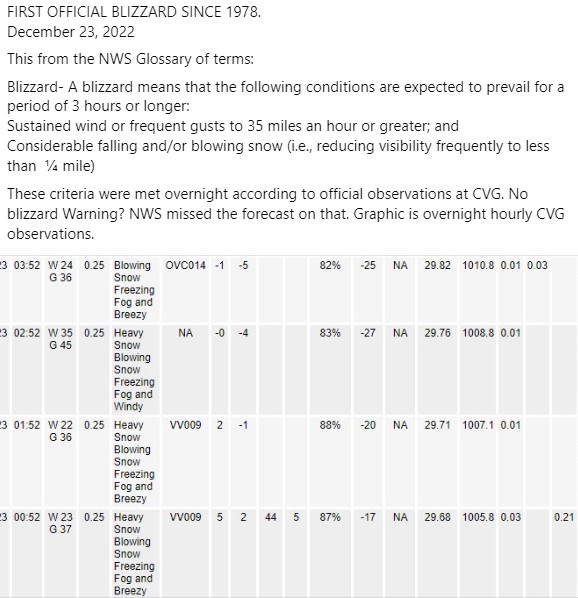
How dramatic was the temp drop? Cincinnati (CVG) recorded the following temp drops below. Records back to 1947 when obs began at CVG. Image courtesy Iowa Mesonet.
* 2nd fastest 3-hr temp drop (28F drop)
* fastest 6-hr temp drop (39F drop)
* fastest 12-hr temp drop (52F drop)
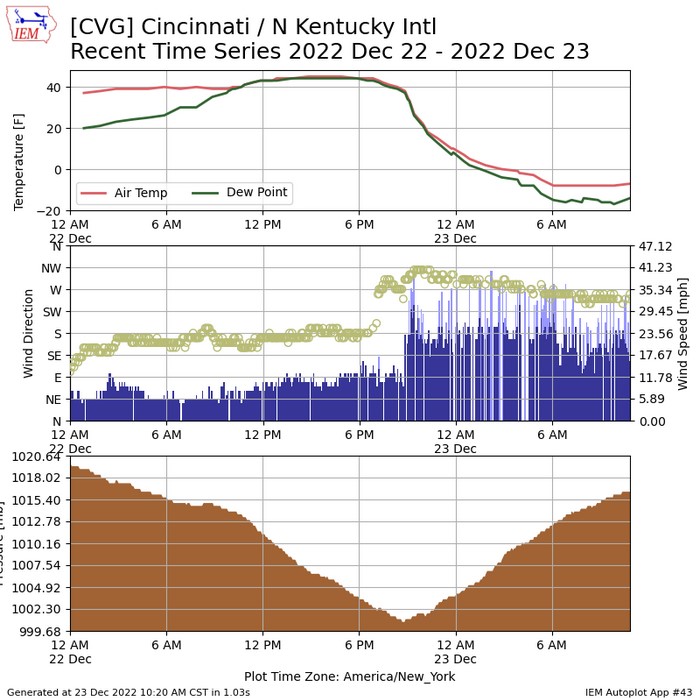
There have been several record observations throughout the event. To add to the list, a weather balloon observed a December monthly record temperature for the month at 850 millibars (~3600 feet) of -29.3°C.
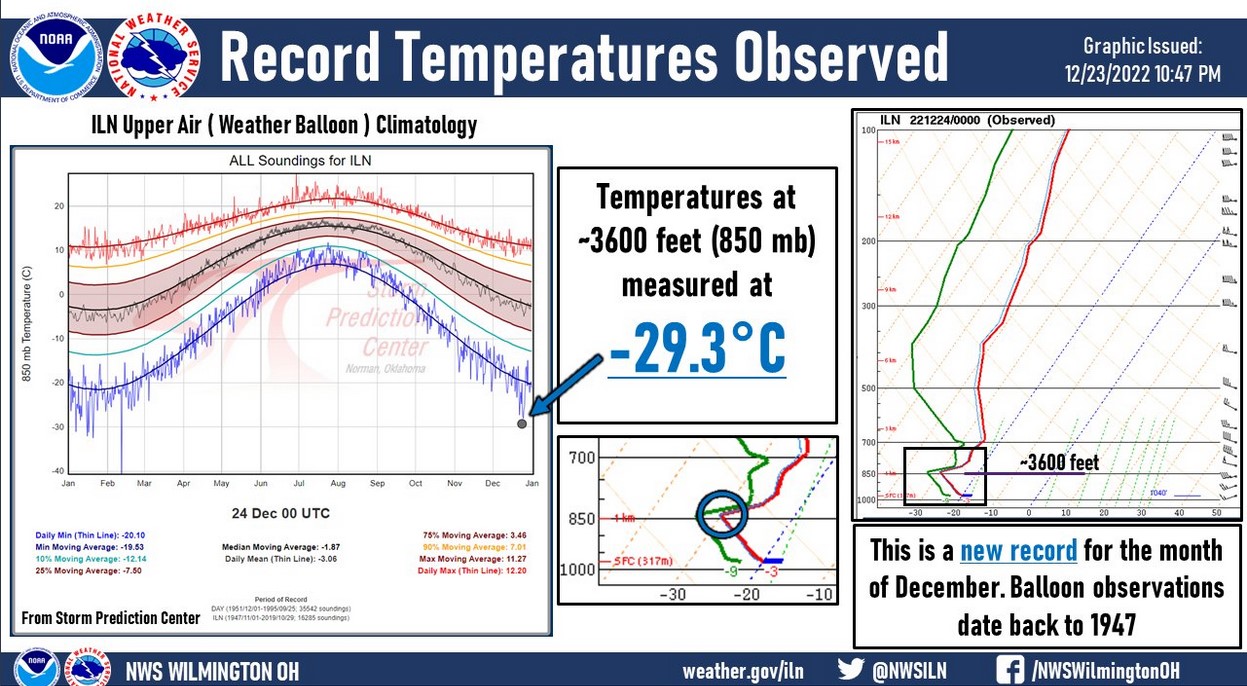
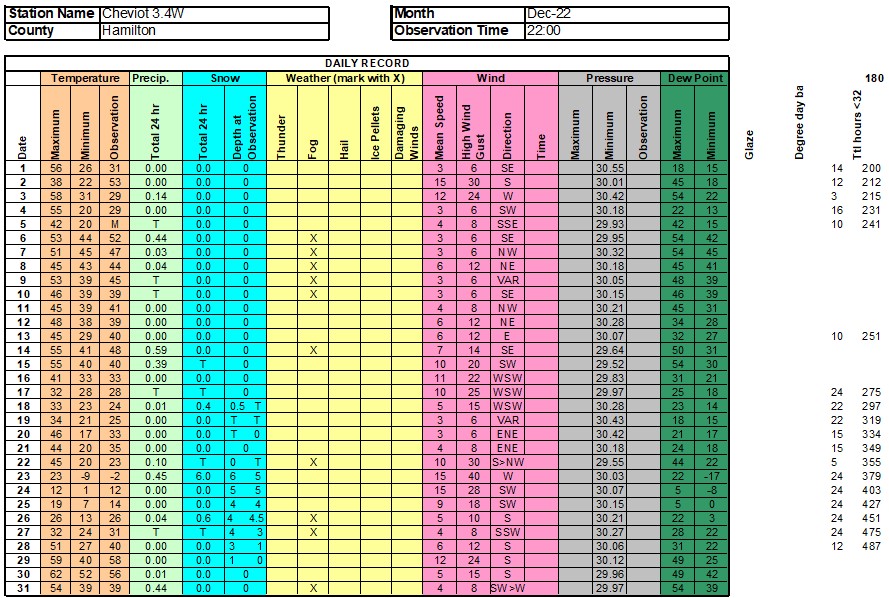
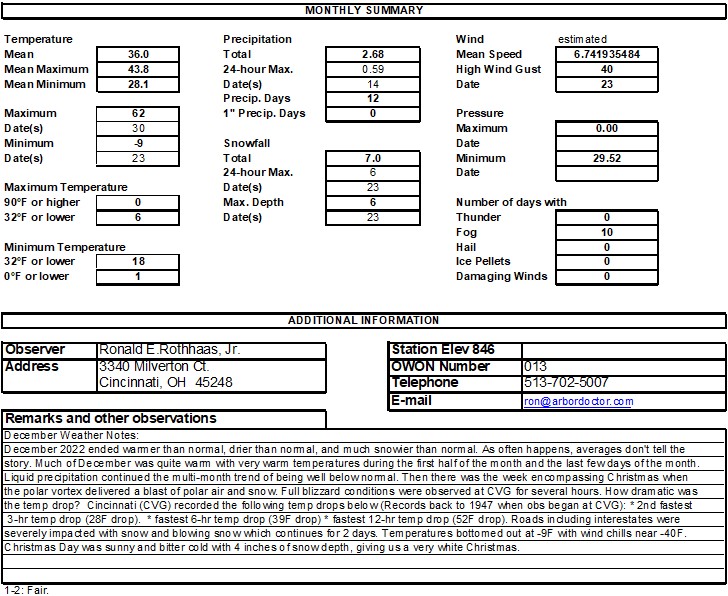
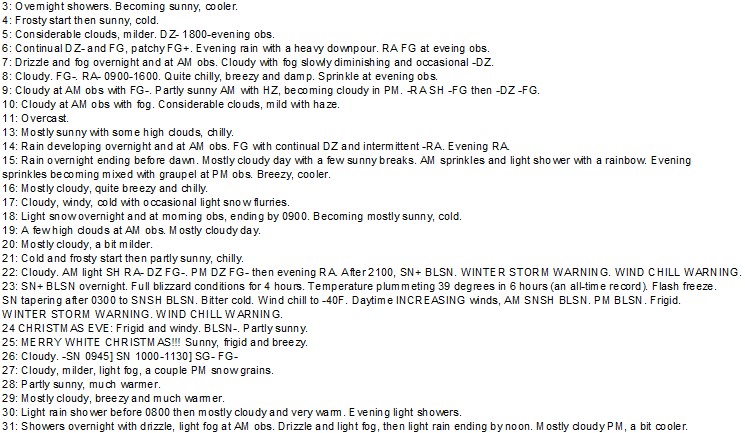
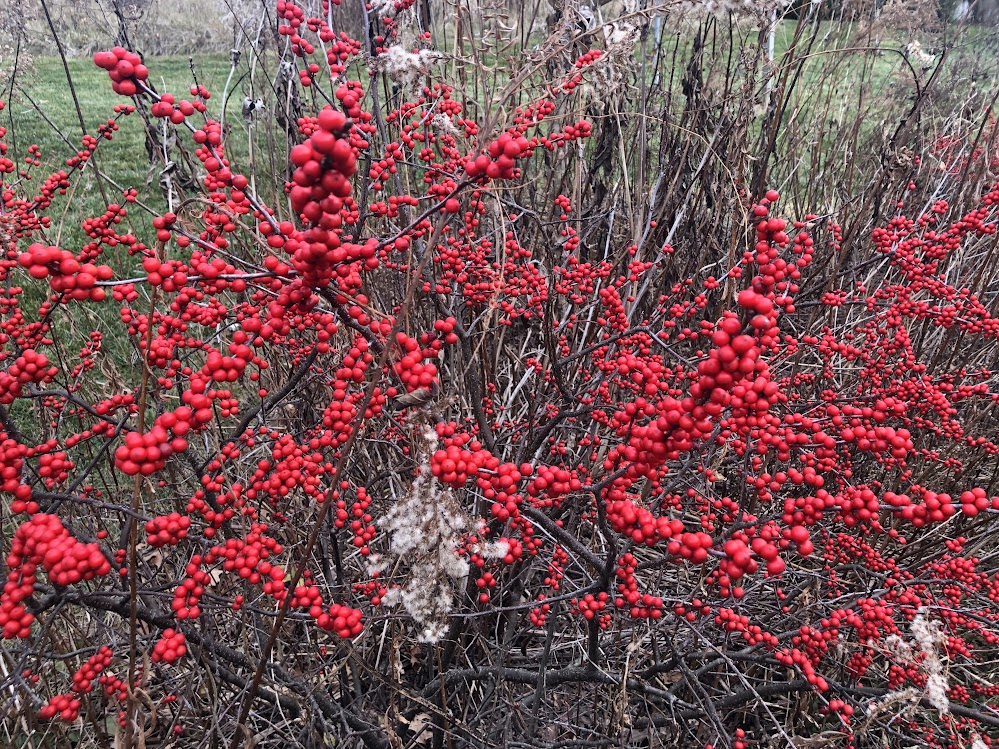
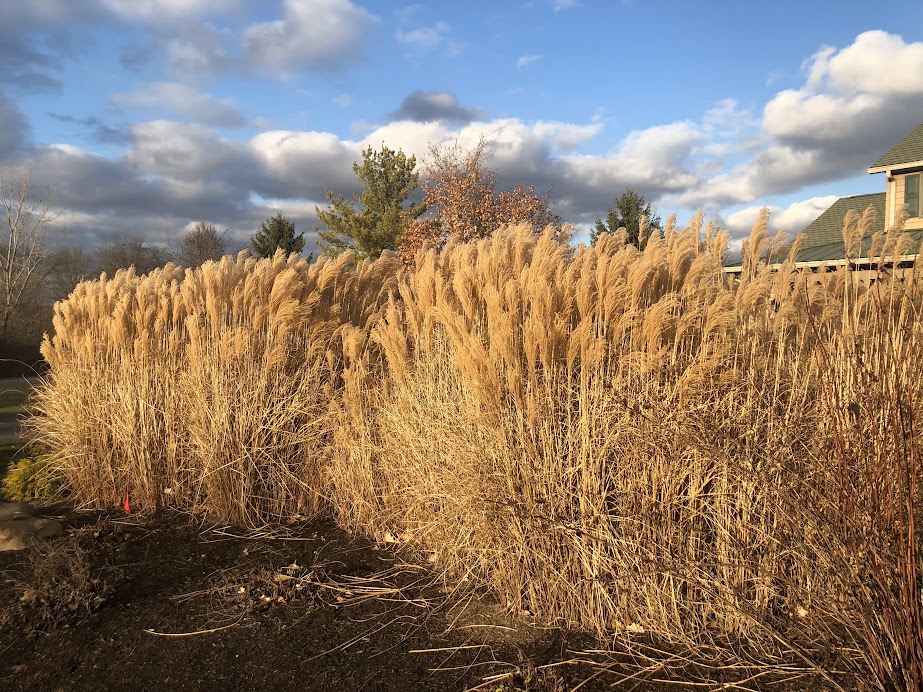
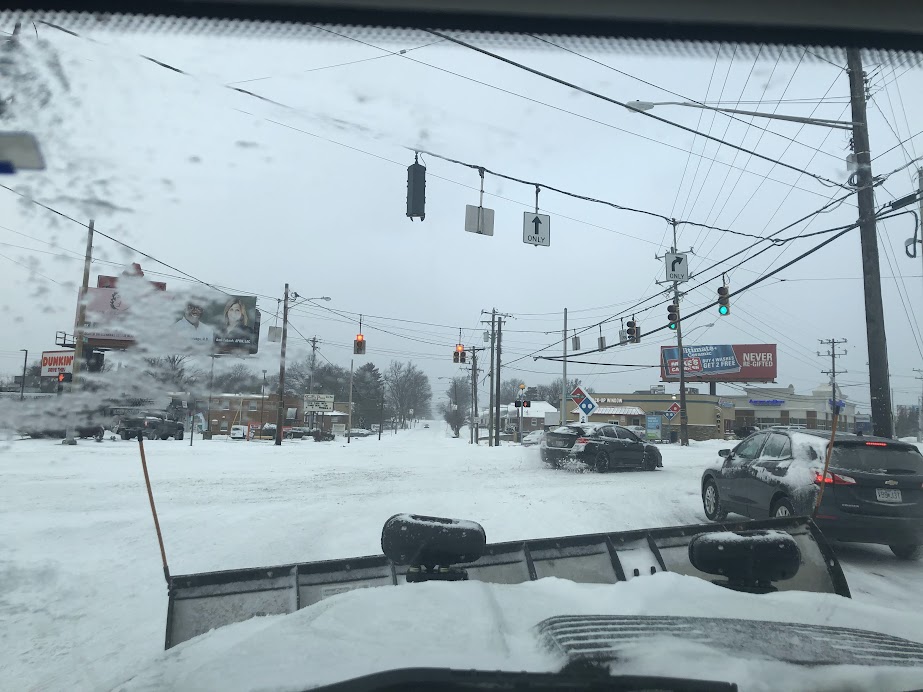 December 23 corner of Glenway and Werk at -9F.
December 23 corner of Glenway and Werk at -9F.
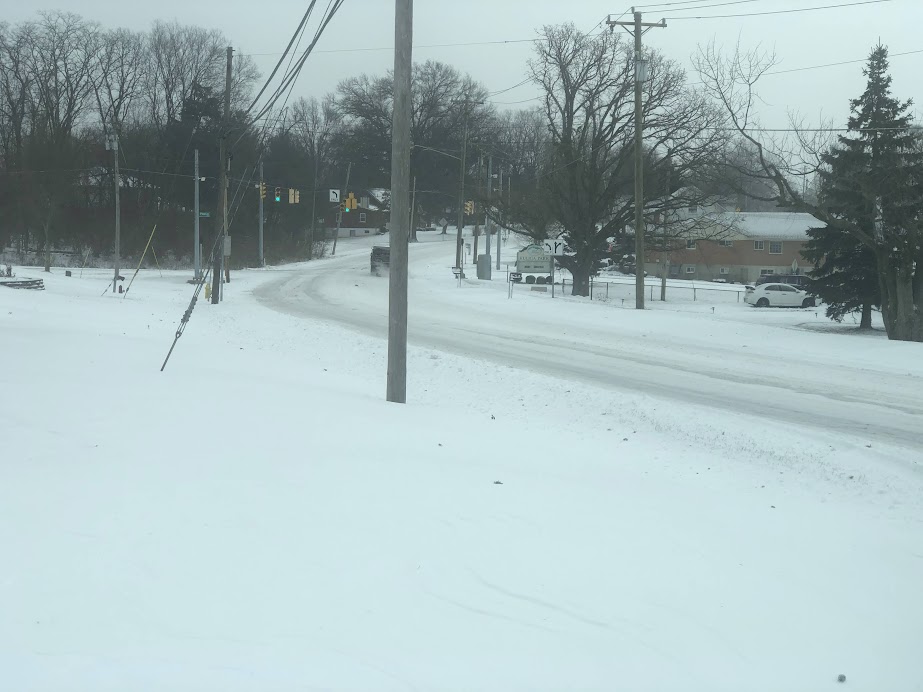 Bridgetown Road December 23
Bridgetown Road December 23
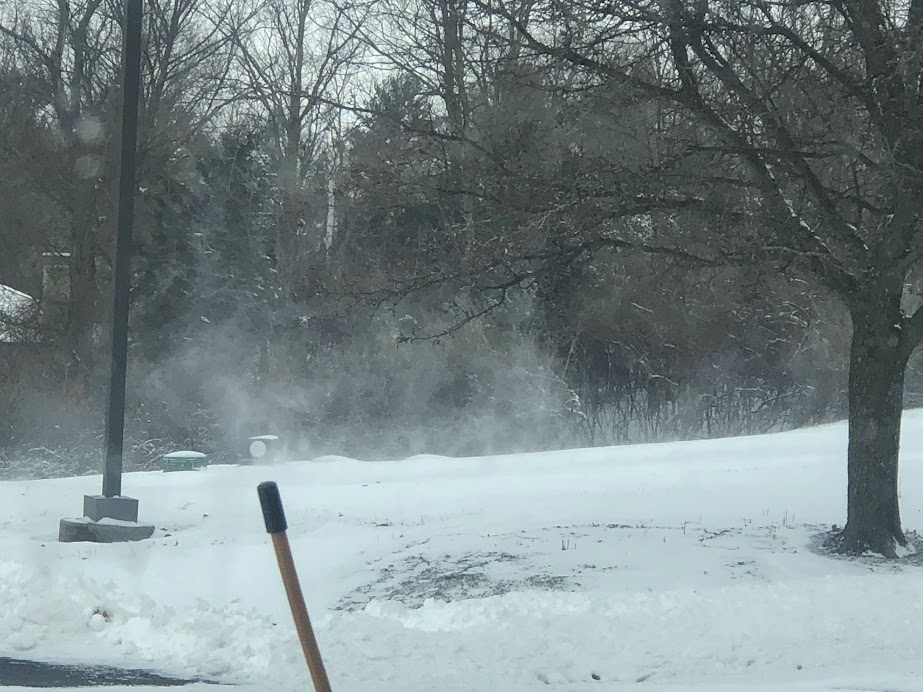 Blowing snow December 23
Blowing snow December 23
Christmas Day:
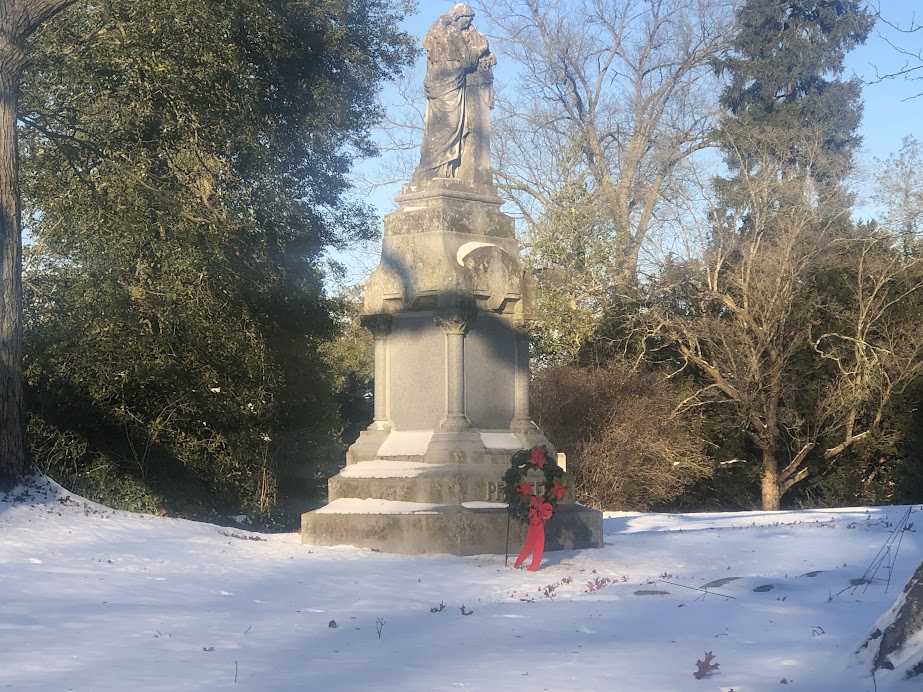
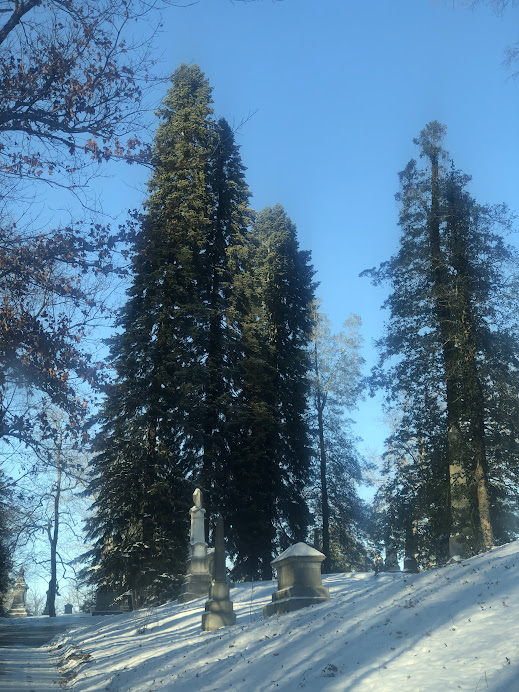 Cillician fir trees at Spring Grove Cemetery and Arboretum
Cillician fir trees at Spring Grove Cemetery and Arboretum
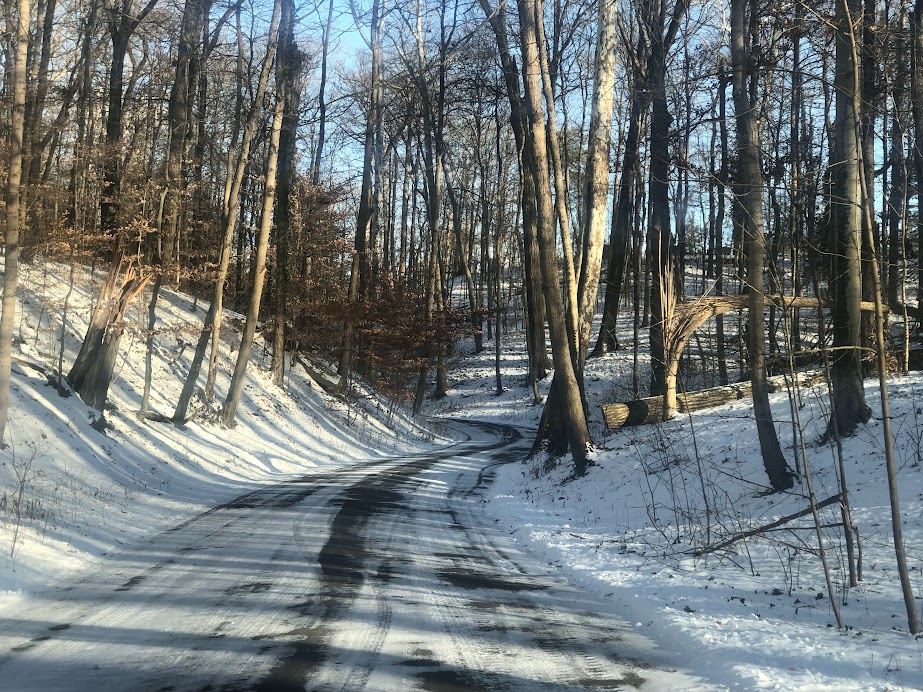
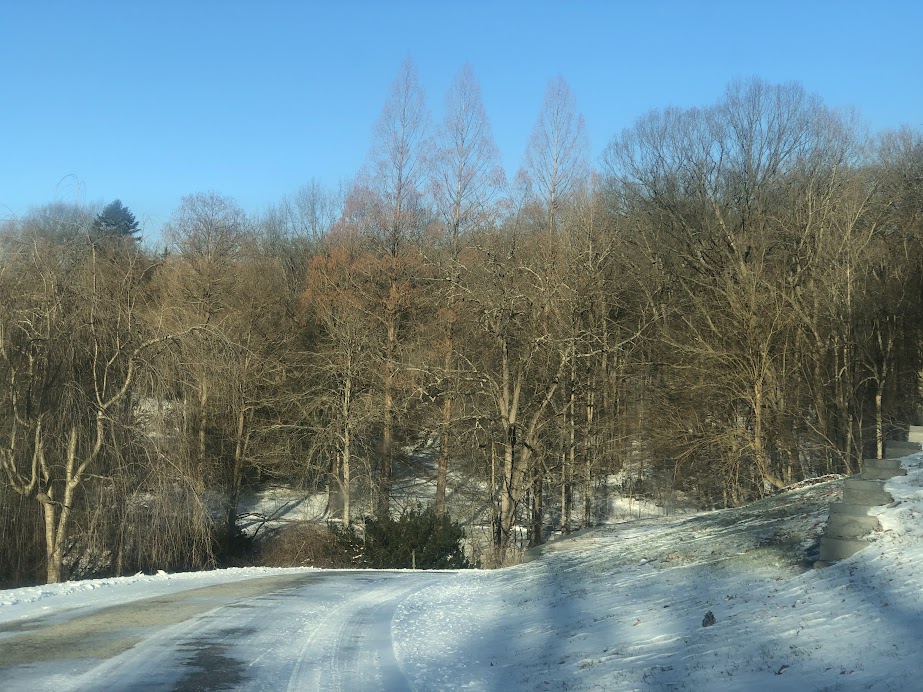 Dawn redwoods at Spring Grove Cemetery and Arboretum
Dawn redwoods at Spring Grove Cemetery and Arboretum
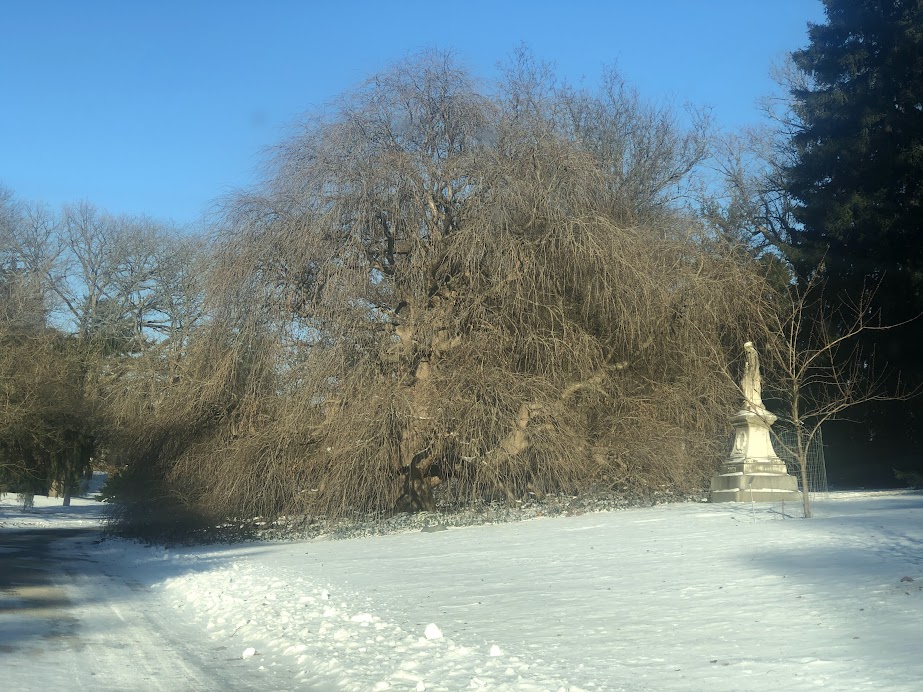 Amazing Grace katsura tree at Spring Grove Cemetery and Arboretum
Amazing Grace katsura tree at Spring Grove Cemetery and Arboretum
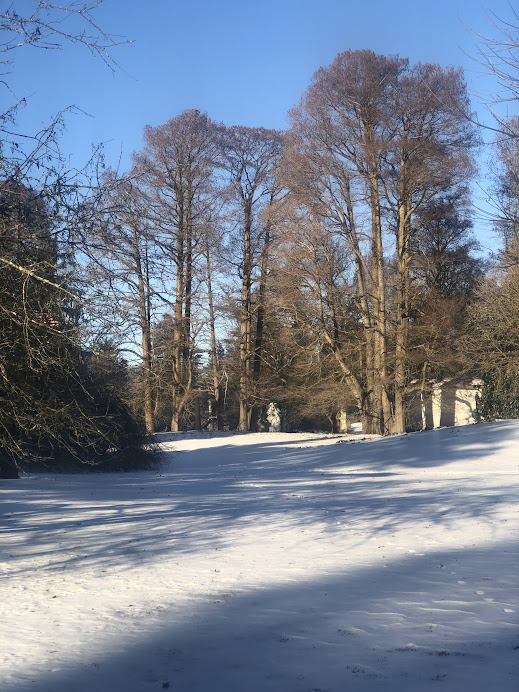 Bald cypress trees at Spring Grove Cemetery and Arboretum
Bald cypress trees at Spring Grove Cemetery and Arboretum
 Bald cypress trees at Spring Grove Cemetery and Arboretum
Bald cypress trees at Spring Grove Cemetery and Arboretum
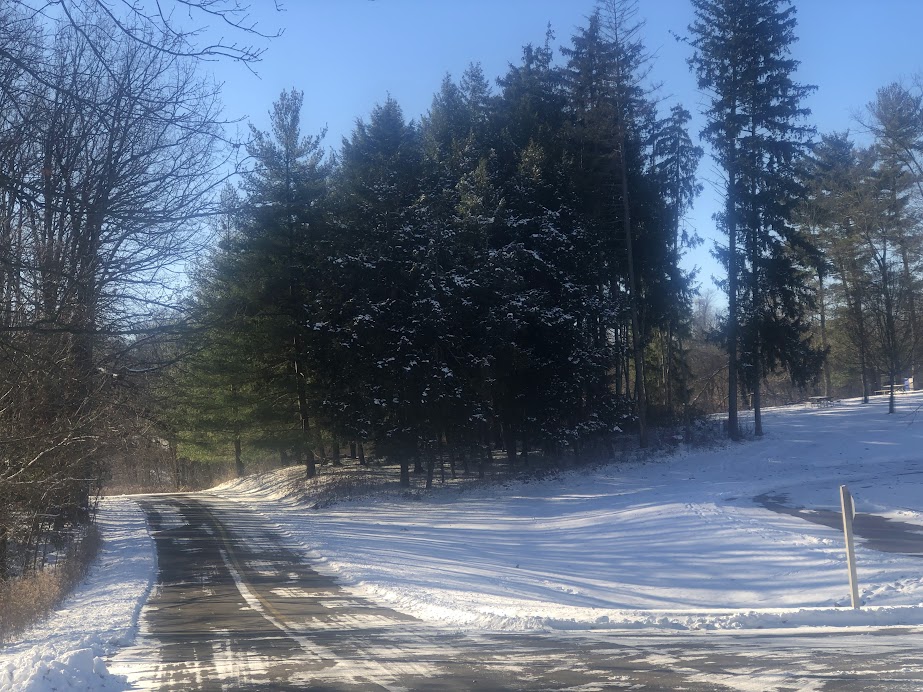 Hemlocks, white pines, and Norway spruce trees at Mitchell Memorial Forest
Hemlocks, white pines, and Norway spruce trees at Mitchell Memorial Forest
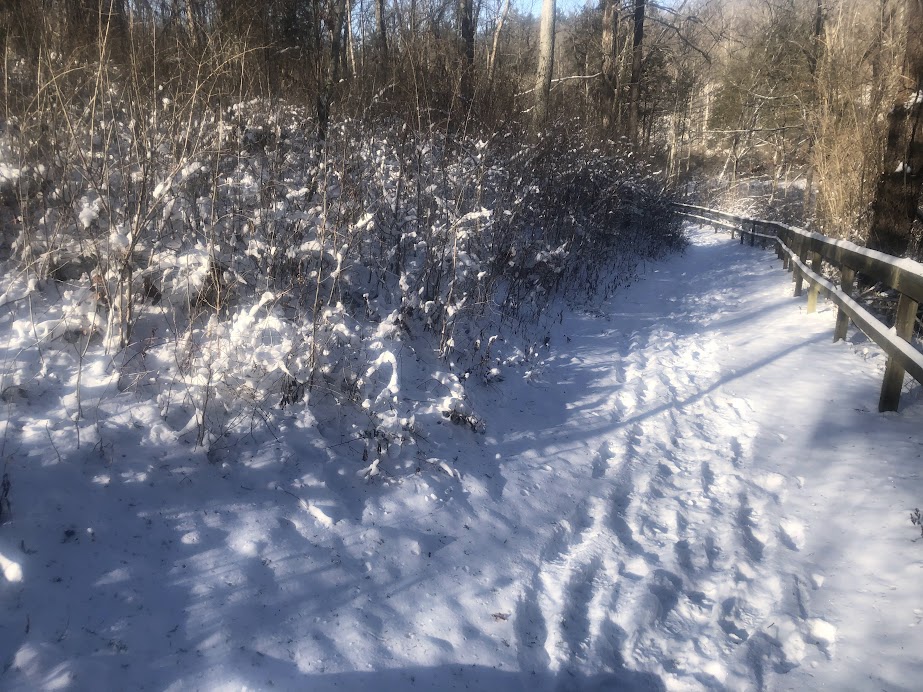
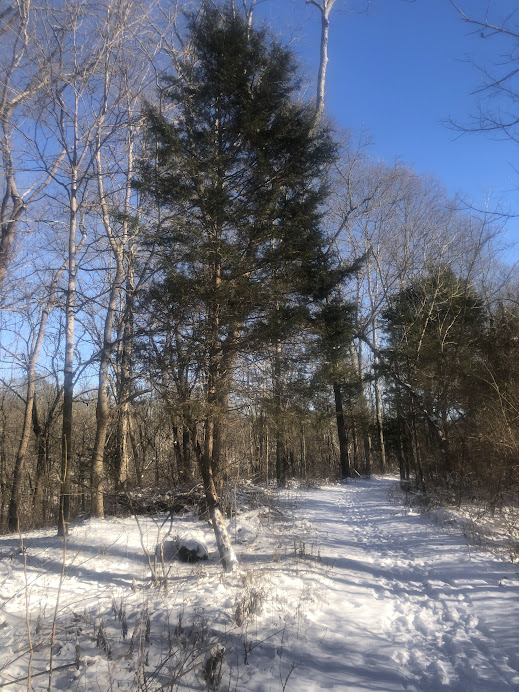
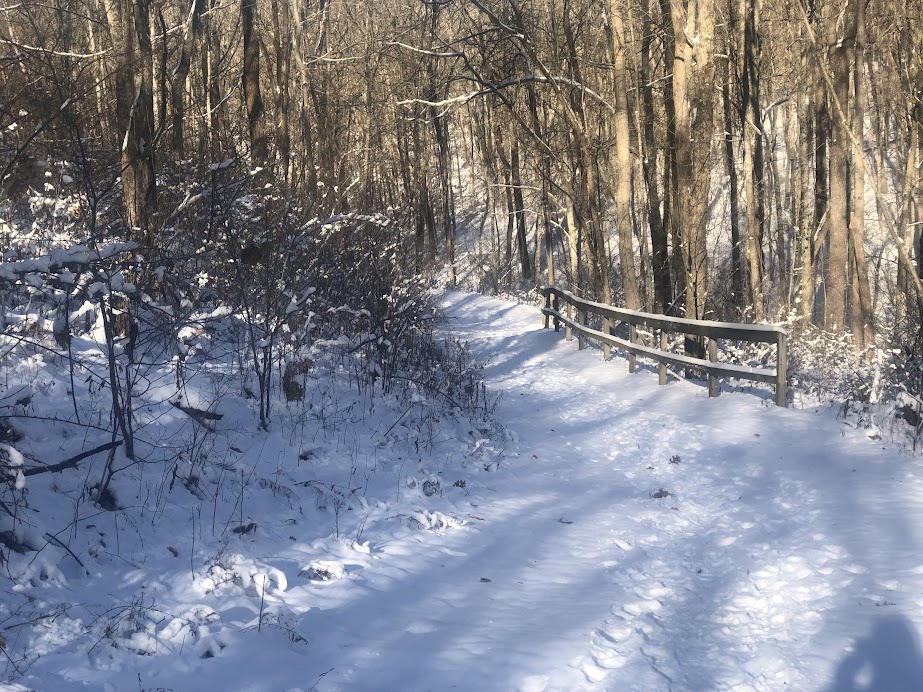

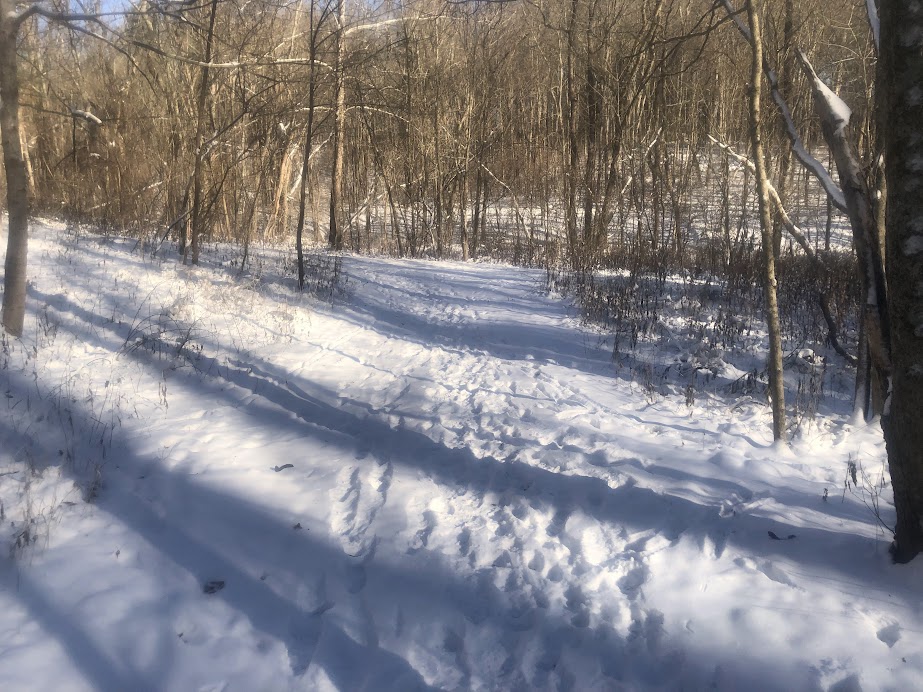
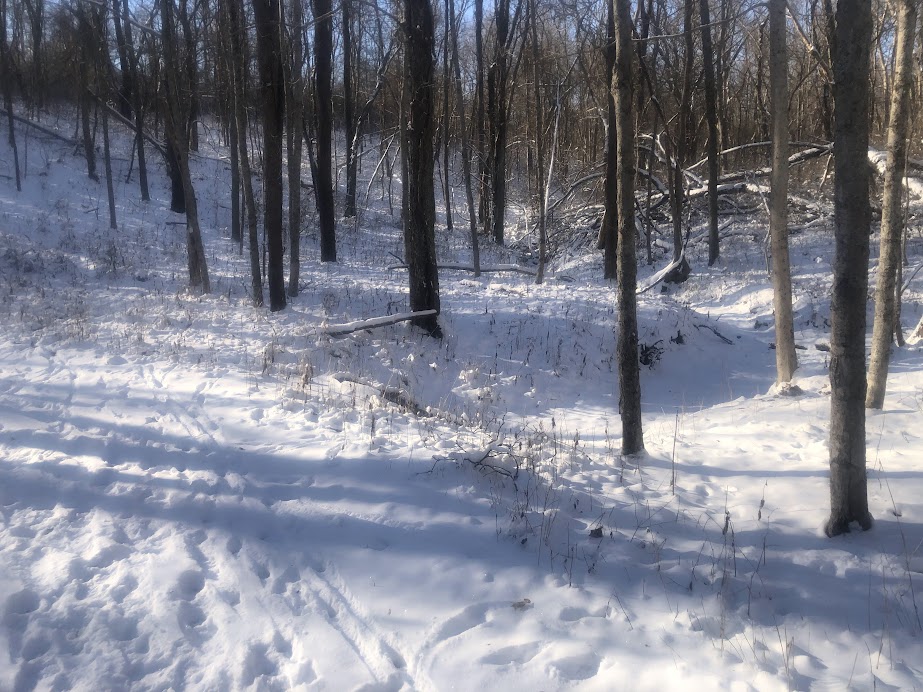
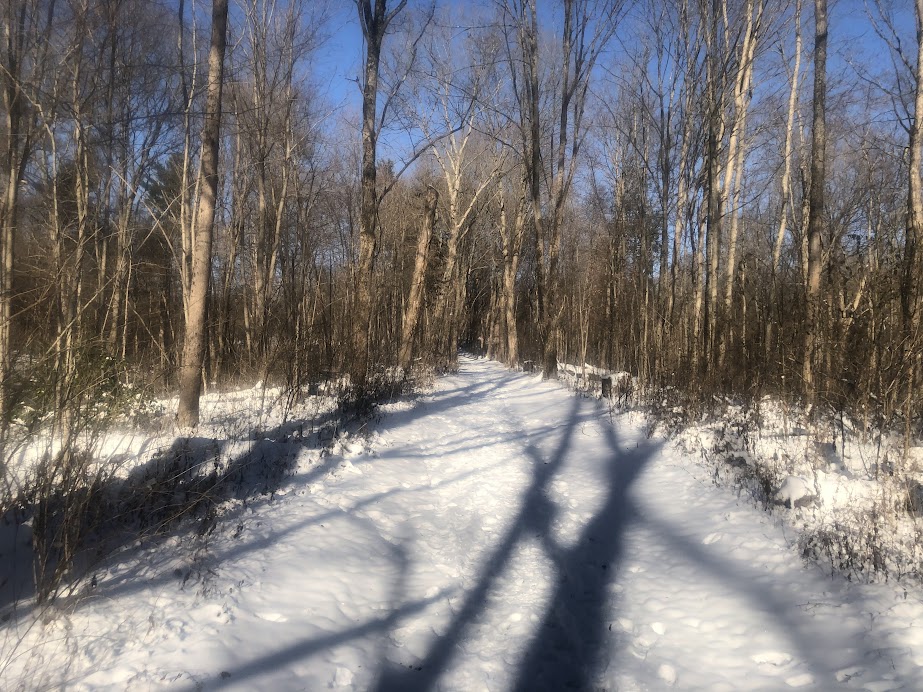
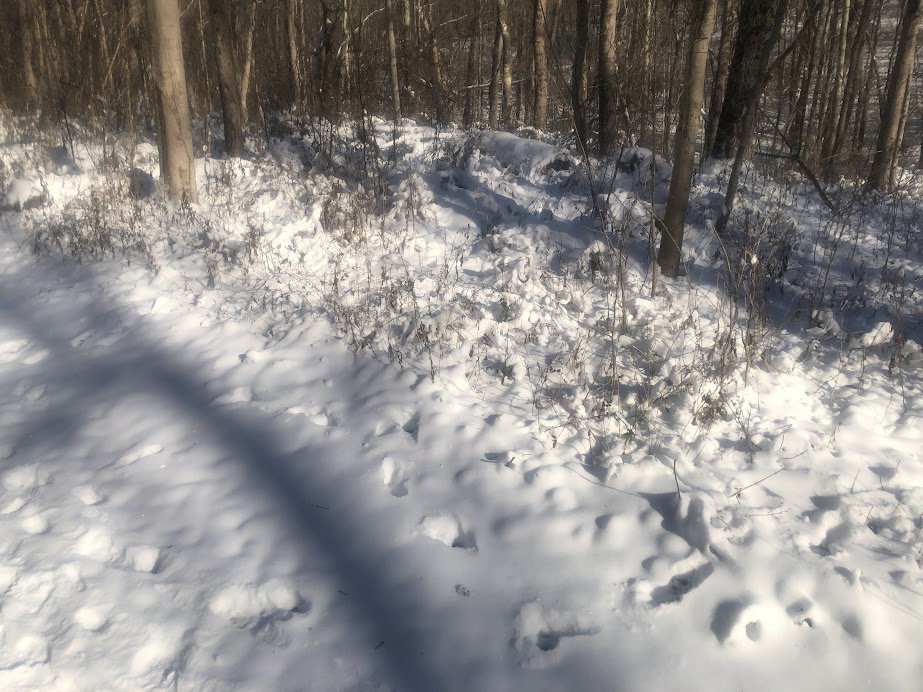
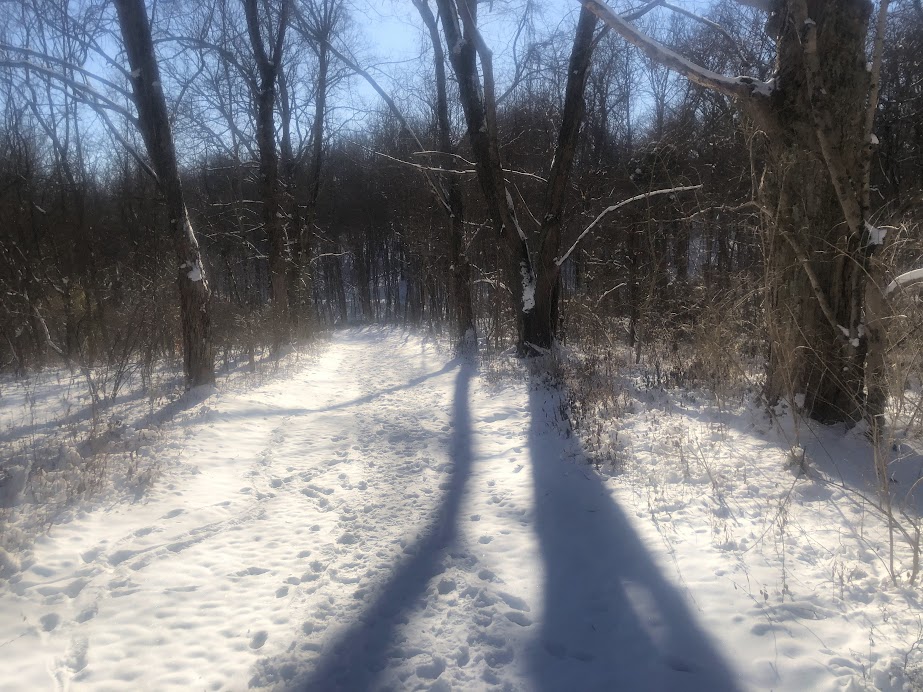
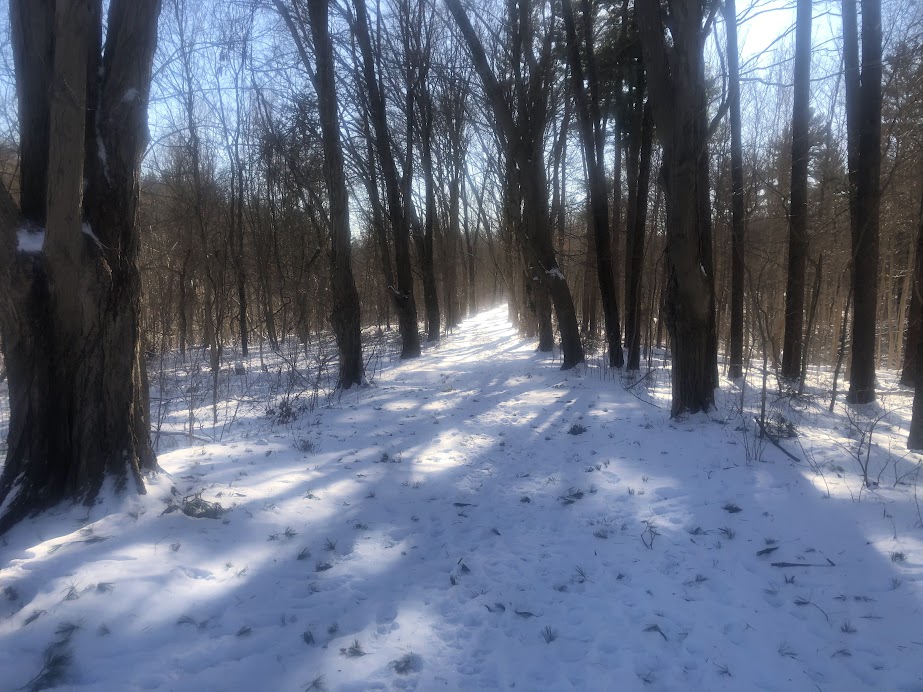
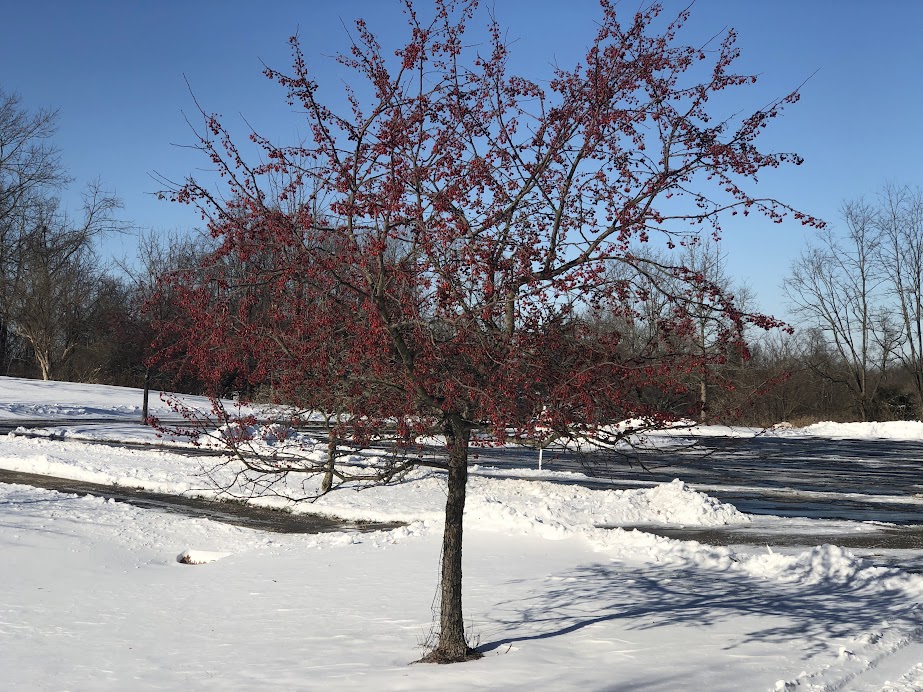
.
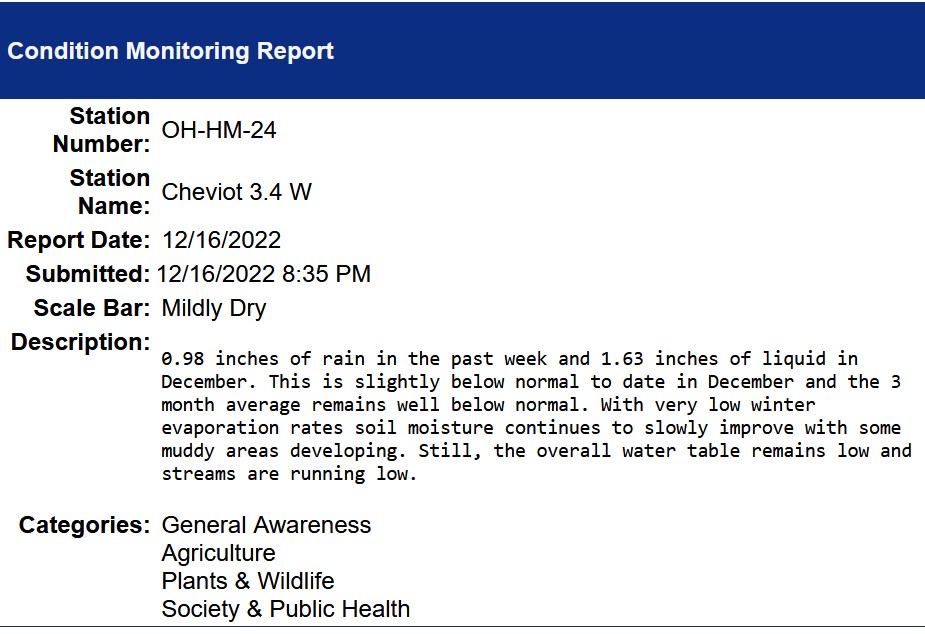
.
This report is specifically for the Arbor Doctor’s location 3.4 miles west of Cheviot, OH, in the western suburbs of Cincinnati in southwest Ohio. This location is also an official cooperative observation site for the National Weather Service listed as Cheviot 3W.
What is the Condition Monitoring Report? See these links for more information:



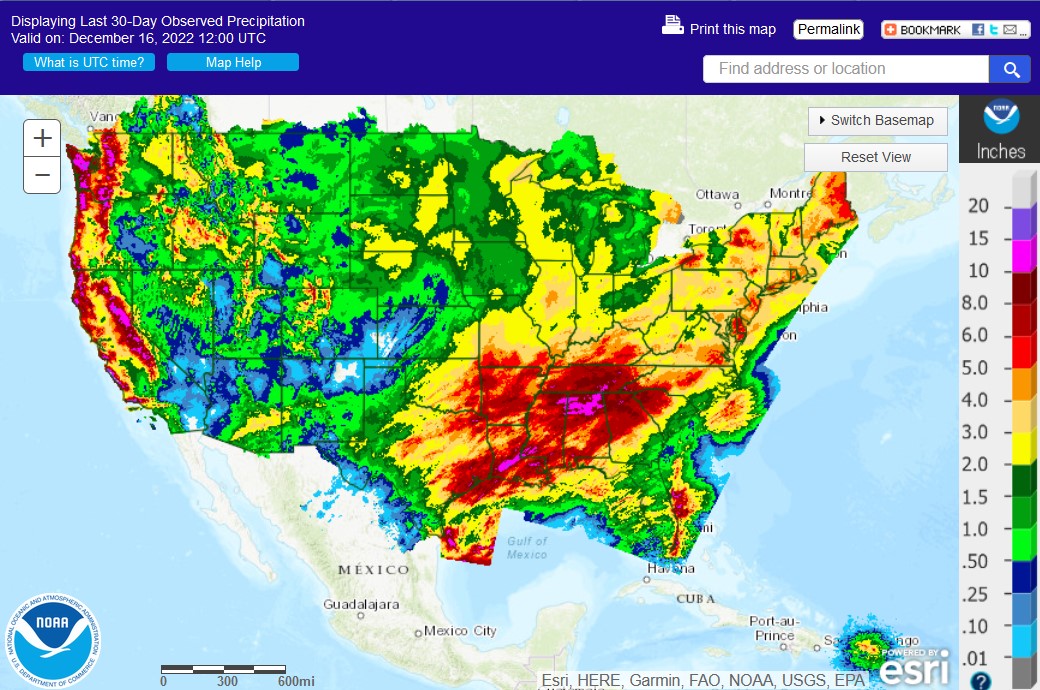
.
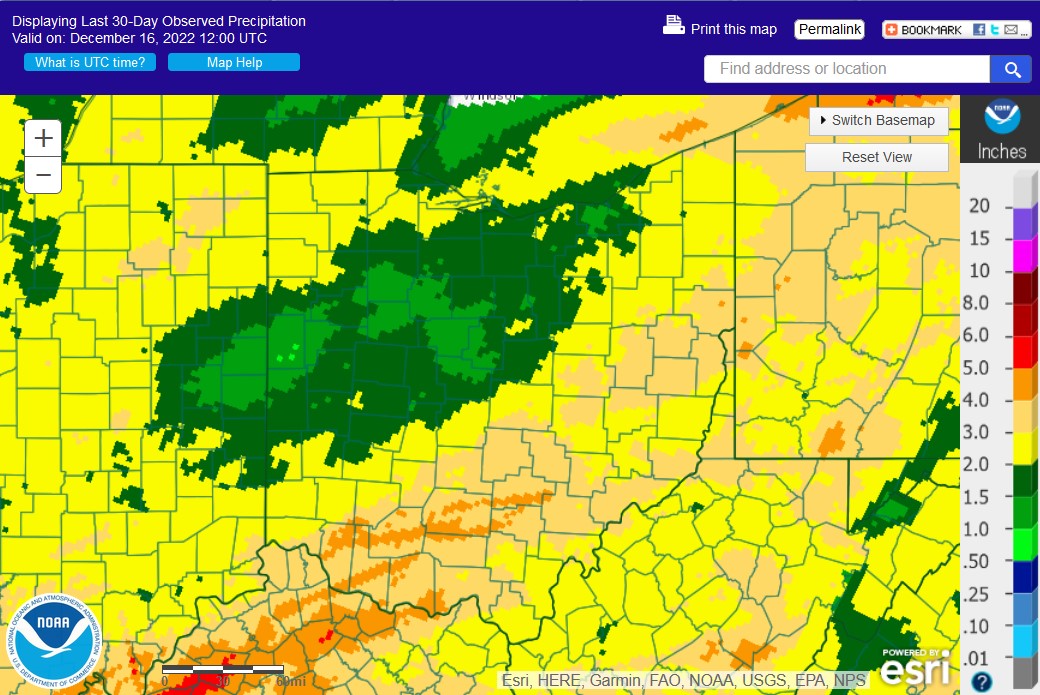
.
.
Click on the title or the graphic (above) to access the
U.S. Weekly Drought MonitorPDF Version of Graphic 
Click on the title or the graphic (above) to access the
U.S. Monthly Drought OutlookPDF Version of Graphic 
Click on the title or the graphic (above) to access the
U.S. Seasonal Drought OutlookPDF Version of Graphic
Other Drought links:
Water once per week, one inch per week, under the entire branch spread, in the absence of rain, May through November. Either rainfall or your watering should equal the one inch per week. Do not water if the soil is already moist. Put out a sprinkler and a straight sided soup can or rain gauge and measure one inch per week. Measure the rainfall which falls in your yard. Your trees don’t care what fell at the airport!
If burlap was left on new trees, it will repel water and the tree or shrub may die. Be sure burlap and twine are removed from the top of all root balls. If your landscaper disagrees, refer him or her to the American National Standards Institute (ANSI) industry standard for installation of landscape plants.
To the extent possible recycle fallen leaves back into the soil around the trees and maintain mulch around the trees to a radius of at least 3-5 feet. Keep mulch off trunks. Use a coarse textured mulch. Avoid triple shredded mulch. Aged arborist wood chips, mulched and composted leaves, pine bark, and pine straw are all good. Very finely ground mulches such as triple ground hardwood mulch are not beneficial and may inhibit moisture and oxygen exchange.
 >>>
>>>

